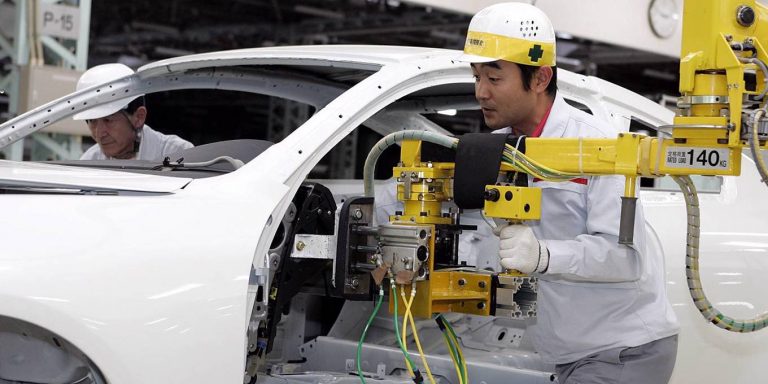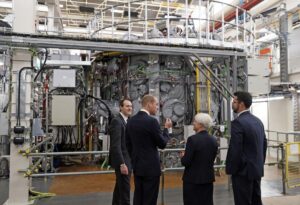
Reviving Appropriate Technology
Cambridge – In 1973, British economist E.f. Schumacher published a book with a small charming title, advocating for use in human-scale poor countries, less capital solid technology that is more suitable for local conditions. This book triggered a strong debate among economists in the 1970s and 1980s on “appropriate technology.”
For developing countries, the ability to adopt new technologies made in the rich world is clearly an important advantage. But the technology developed in developed countries, where abundant skills and capital, may be the best mixed resp. The recent panel discussion involving experienced economists, organized by the International Economic Association (IEA), shows that there may be more reasons to be concerned about the current suitability of imported technology.
As Frances Stewart, the University of Oxford Economist in the center of the previous round “Technology Technology” debate, shown in the panel, the success of East Asia with export-oriented industrialization seems to believe that manufacturing will fail to make enough work and increase living standards in poor countries. South Korea, Taiwan, and finally China all mapped routes from poverty and grew at unprecedented prices because modern industrial factories absorbed rural labor into more productive work.
But today, export-oriented industrialization no longer functions in the same way. Manufacturing technology has become increasingly intensive skills, and automation and other forms of innovation have reduced the work of the workforce added. As shown by MIT Daron Acemoglu during the IEA panel, the global competition, the growth of corporate power is relative to workers, and tax subsidies for capital have encouraged the innovation of labor transfer.
This is bad news for developing countries, because their comparative advantage lies in labor-intensive goods. The consequence has been seen in statistics. Many low and medium-income economies have been hit by “de-industrialization of premature” – highlands and a decrease in manufacturing work at low income levels, relative to historical antecedents. Even where industrialization continues apace, employment growth in modern companies, large scale has been anemic.
In addition, Acemoglu presented data that showed that new technology could not only be more educated, but against those who had postgraduate degrees, which were the main beneficiaries. The scarcity of such workers in low-income countries limits this economic capacity to absorb border technology. And, like economist Yale Fabrizio Zilibotti emphasized in his comments in the panel, it also created tensions between the imperative technology transfer and the equality of the work market.
Although Brazil is a middle to upper-income country with a large technology capability, it stands for reasons that there is a limit on how much domestic technology can replace border technology from abroad. More promising tasks, if more challenging, is for the reorientation of global innovation itself with a more work-friendly direction.
After all, there is a lot of evidence from other domains that the innovation direction responds to the applicable incentives. For example, the recent work by Jacob Mosca from Harvard University and MIT, along with Karthik Sastry MIT, shows how to improve biotechnology in agriculture has focused on overcoming certain local pathogens, making this innovation less transferable throughout the climate zone. Acemoglu appoints a significant increase in US renewable energy research after government programs and social pressure combined to change private sector incentives. And encouraging the development of new military technology has always been part of Arsenal’s government policy.
The question is whether it is possible to bring up a similar effort to encourage more work-friendly global innovations. Whether it’s a “collaborative” robot in the manufacture that works with humans than replacing it, or an artificial intelligence tool that allows teachers or nurses to carry out more skilled special tasks, concept evidence already exists in various forms. The challenge is to build these examples and realize this new orientation in the innovation policy.



Average Rating